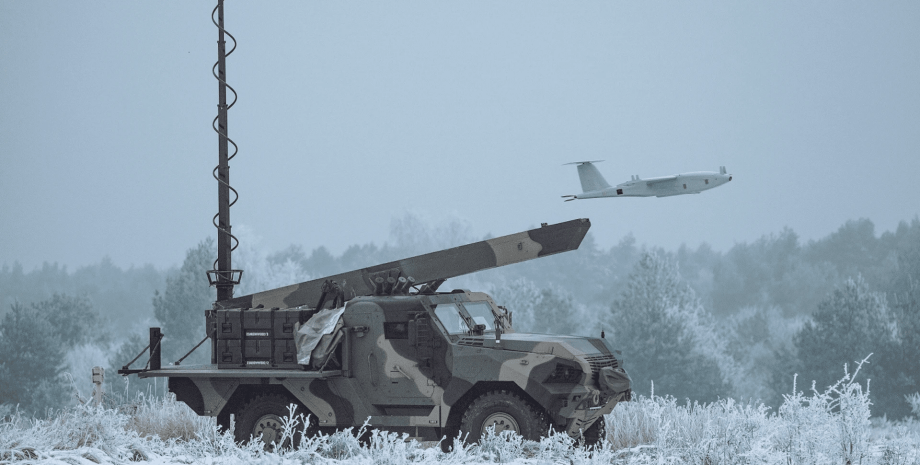
The Gladius system is currently testing to check the characteristics of the individual components of the system, as well as the whole system as a whole. One element of these tests is to check the operation of unmanned search and shock systems (BSP-U), during which the system struck the intended target and destroyed it.
It should be noted that the contract for the supply of Gladius drones, the Polish Defense Ministry signed in May 2022, and it was the largest in the history of the country: it was about $ 450 million. The Polish army will receive several hundred unmanned aerial vehicles that are part of the system. These are FT5 reconnaissance UAVs, and Baragage Ammunition (Drone-Kamikadze) made by WB Group.
In total, four battery sets of the system will be transferred under the contract, staff training, maintenance package. The contract amount is $ 450 million, which is greater than the cost of the Bayraktar TB2 purchase agreement ($ 270 million) or ORLIK UAV ($ 180 million). According to the signed document, the Armed Forces of the country should receive several hundred drones by the end of 2023. Among them are reconnaissance drones, and the wbbs of WB Group.
The media notes that the Ministry of Defense of Poland has decided to buy the system against the backdrop of threats that the Russian-Ukrainian war brought. Gladius is a Polish reconnaissance system, equipped with advanced sensors and effectors, domestic communications and communications solutions, fire management system, as well as complex data analysis systems supported by artificial intelligence.
The battery module of unmanned Gladius search engine systems is designed for missile and artillery troops of the Land Forces. It is used to perform air intelligence tasks and damage to specialized unmanned aerial vehicles. Gladius can be used both in the battery group, as well as in autonomous platoons or offices that support other units of the Land Forces. All components of the intelligence system are interconnected by the integrated Topaz battle management system.
The Gladius system covers two main varieties of unmanned aerial vehicles. The first, SFP FT-5 families, designed for reconnaissance missions and are equipped with a variety of sensors for detecting and tracking objects in visible and radios. UAV FT5, according to the manufacturer, is a two-engine drone with a wingspan of 6. 4 m. It is able to perform intelligence tasks at a maximum height of 5000 m and stay in the air for 10 hours.
UAVs UAV load-optical-electronic and thermal imaging chamber, Rer system, sensor determination of pollution level. Unmanned shock aircraft (BSP-U) are used to perform shock tasks with different types of warheads, in particular fragmentation or cumulative. A variety of these aircraft is training unmanned shock planes (BSP-Uut). These are multiple platforms equipped with training warheads. They perform an identical BSP-U set of tasks, but without the possibility of destroying objects.
In addition, Gladius also covers a number of vehicles. These include battery and platoon command machines that coordinate and track intelligence and shock operations using patented communication systems. The C4I class solutions, including the Topaz system for the planning and control of the battery firing module, were built on the Waran 4x4 tactical multi -purpose machines.
The elements of the system also include launchers built on the 4x4 chassis and equipped with a universal starting installation for all Gladius UAVs. This solution ensures complete interchangeability in the event of damage or destruction of the starting unit. The system is also supported by other vehicles, including logistics machines, such as the machine for carriage of ammunition and technical safety machines.
It should be reminded that in early November it became known that Poland will spend $ 4. 9 billion for the purchase of next generation air defense systems. Representatives of MBDA and PGZ will conclude an unprecedented transmission of key technologies and knowledge, so Poland will be able to produce the latest CAMM and missiles. And in early September, we wrote that Poland will receive the latest Ltamds radars that would protect the country from Russian drones and missiles.










All rights reserved IN-Ukraine.info - 2022